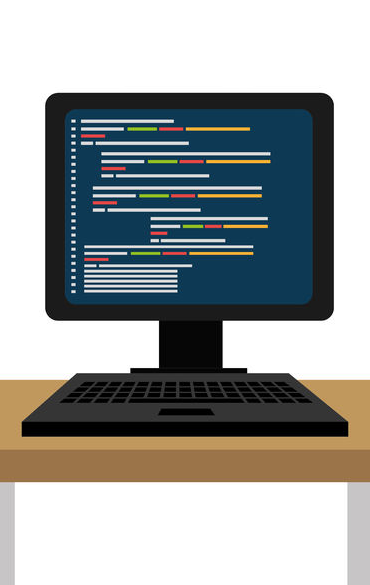Computational Expertise
Cadre has a wealth of experience in Scientific Computing, defined as the use of computational techniques to solve problems in interdisciplinary applications. These problems often involve extremely large datasets (aka 'big data') and utilize methods from Machine Learning and Artificial Intelligence.
- Search/Optimization
- Statistical Modeling
- Experiment Planning
- Pattern Matching & Detection
- Clustering, Labeling, & Regression
Search and Optimization
The exploration of very large solution spaces. Typically one is trying to find the best answer as defined by an objective or scoring function. Success requires the rapid evaluation of a large number of candidate solutions against observed data. These methods can also identify operational parameters to optimize a process.
Statistical Modeling
The principled use of data to form conclusions and the ability to express a confidence in multiple hypotheses or models. This process is known as statistical inference.
Experiment Planning
The optimization of an experimental protocol or investigation to minimize resource use, to reduce experimental time, or to increase information yield. Builds from the subfield of planning where a goal is achieved via an optimal sequence of actions.
Pattern Matching and Detection
The identification of patterns or features whose occurrence indicates the presence of a specific event, object, or phenomenon. The desired patterns may be known or unknown. When applied to experiment monitoring these methods can detect the occurrence of an event. In the forensic field of toolmark analysis, pattern recognition can be used to identify common origin and a statistical model can attach a probability or likelihood to the proposed conclusion.
Clustering, Labeling, & Regression
The task of clustering and labeling involves grouping similar samples and labeling them with a descriptive annotation. For example, tissue samples could be labeled as healthy or cancerous based on gene expression profile. Regression is the task of making an informed numerical prediction based on previous data. For example, the cellular growth rate of a sample can be predicted by combining previous experimental data with the sample’s observed features.
Technical Areas

- Scientific Visualization
- Scientific Modeling
- Experiment Interpretation (model building, parameter estimation, data mining, trend detection)
- Computational Chemistry (molecular modeling, molecular similarity, spectroscopy)
- Computational Biology (genomics, structural biology, proteomics)
- Computational Medicine (expert systems, image analysis, outcomes analysis)
- Algebraic Algorithms
- Distributed Computing
- Classifiers
- Regression
- Sampling
- Computer Vision (feature detection, object recognition, appearance-based matching)
- Logic-Based Reasoning (inference and deduction)
- Search
- Computational Forensics
- Probabilistic and Causal Reasoning
- Planning and Scheduling
- Explanation-Based Learning
- Feature Subset Selection
- Sensors, Data Processing, and Control
- Algorithmic and Runtime Optimization
- Data Structures
- Information Management
- Grammars, Automata, Turing machines
- Graph and Network Algorithms
- Cryptography
- Parallel Algorithms
- Computational Geometry
- Randomized Algorithms
- Pattern Matching and Compression
- Combinatorial Optimization
- Integer / Linear Programming